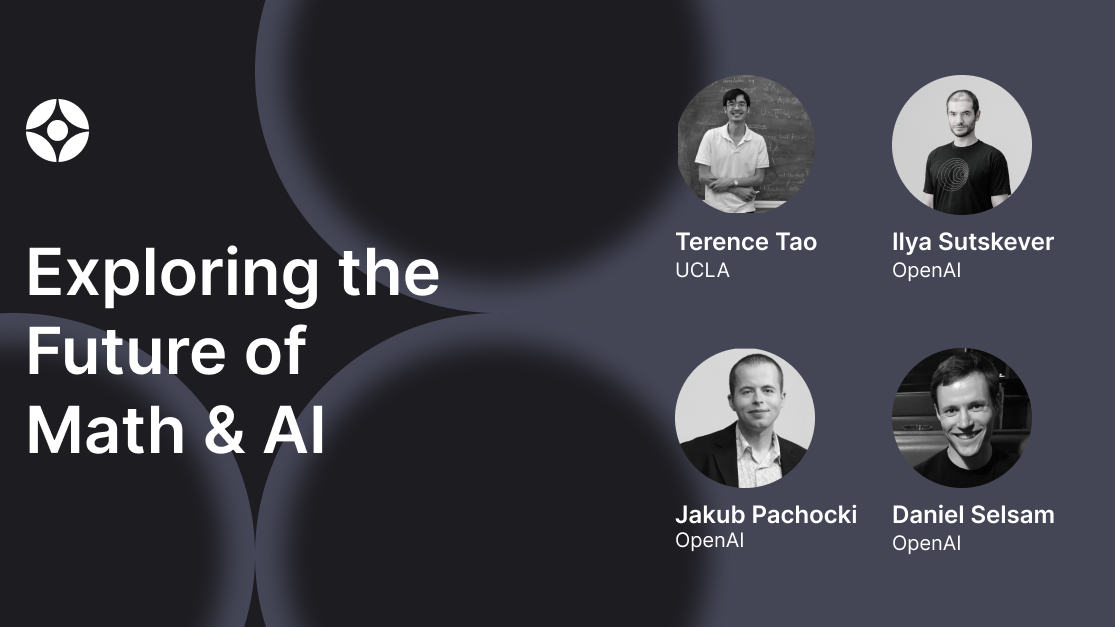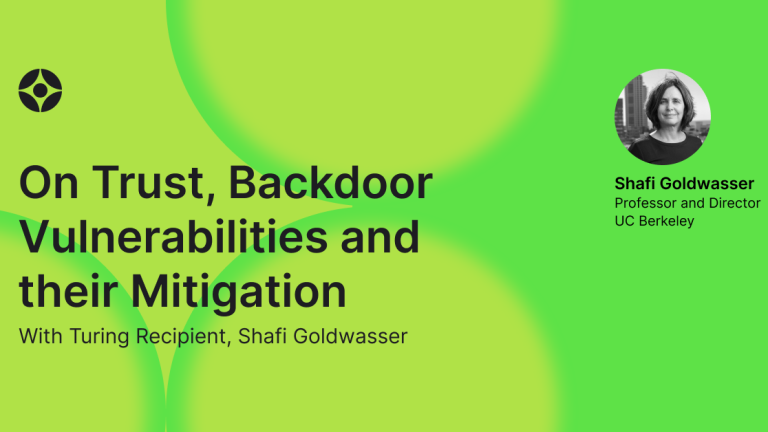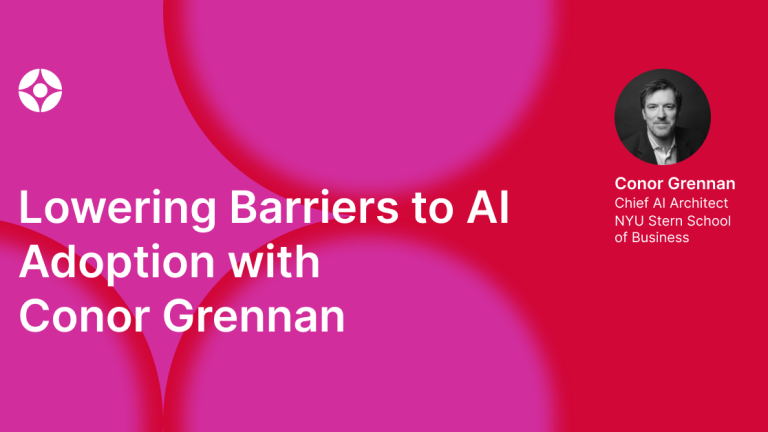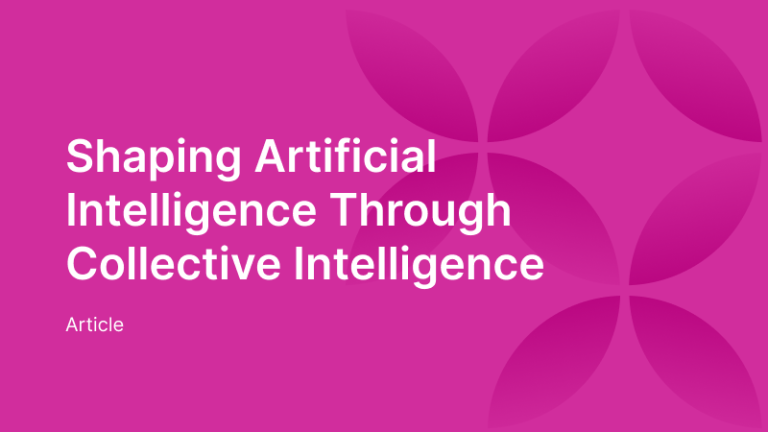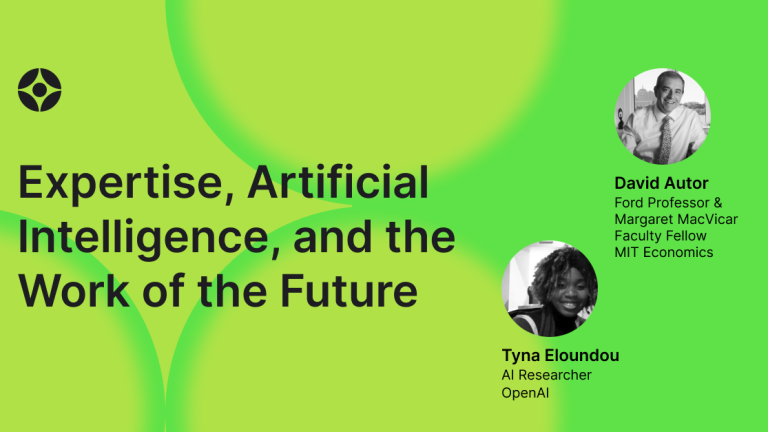Exploring the Fusion of Mathematics and AI: Exclusive Insights from Terence Tao and OpenAI
Key Takeaways
- AI as a Mathematical Ally: Distinguished mathematicians like Terence Tao make use of AI for various supporting functions, including coding, bibliography organization, and facilitating concept brainstorming. Although AI is not yet capable of producing complex proofs, it greatly enhances productivity in these auxiliary roles.
- GPT as a Catalyst for Ideas: Tao found that GPT can be a powerful tool for sparking novel ideas at the early stages of problem solving. While its recommendations are not always precise, they can lead to innovative insights.
- Revolutionizing Mathematics Education: AI offers remarkable potential in the realm of education, especially as an always-available teaching assistant. It empowers students to create and analyze mathematical solutions, thus transforming educational methodologies through AI-powered learning.
- Prospects for Automated Theorem Proving: Panelists engaged in lively discussions about the future contributions of AI to original theorem proving, suggesting that initial breakthroughs may focus on problems requiring extensive case analysis or computational validation.
- Collaboration between Humans and AI: Tao emphasized the collaborative potential of AI in mathematics, suggesting that it can connect various mathematical fields, introduce new conjectures, and accelerate scientific progress—all while maintaining human creativity intact.
- Vision for AI in Mathematics Long-term: The panel discussions prompted reflections on how automated theorem proving could redefine mathematics and how artificial general intelligence (AGI) might transform both the methods and societal contexts of mathematical inquiry.
Extended Summary
The gathering titled Exploring the Future of Math & AI with Terence Tao and OpenAI, hosted by OpenAI, offered a profound panel discussion on the convergence of AI and mathematics. With the eminent mathematician Terence Tao, a Fields Medal recipient, as the special guest, the discussion was led by OpenAI’s Mark Chen, alongside influential researchers including Ilya Sutskever, Jakob Pachocki, and Daniel Selsam—spearheading advancements in AI reasoning capabilities.
The panel examined the evolving interplay between AI and mathematics, especially spotlighting how advanced models like GPT-4 can bolster the efforts of contemporary mathematicians and the exciting possibilities that lie ahead for AI-facilitated theorem proving. Tao noted that while GPT models may struggle with intricate mathematical proofs, they shine in executing secondary tasks such as coding, managing bibliographies, and generating ideas. An illustration of this was Tao’s experience utilizing GPT-4 to overcome mental blocks while exploring mathematical challenges. Although the responses from GPT-4 aren’t always perfectly accurate, they can help spark valuable new ideas. He drew a playful analogy between GPT-4 and a “nervous undergraduate,” suggesting that while the model may make premature guesses, it lacks in-depth reasoning capabilities.
The conversation also explored the transformative role AI could play in mathematics education. Tao and fellow panelists acknowledged the incredible potential of AI-driven tutors that provide personalized instruction and feedback, revolutionizing the math teaching landscape. Rather than limiting AI’s educational applications, Tao advocated for its integration, encouraging the design of tasks that prompt students to critically evaluate AI-generated responses, thus enhancing their learning experience through engagement with the model’s limitations.
The panel further explored the chances of automated theorem proving, speculating on the timeline regarding when AI might autonomously establish new theorems. Participants expressed belief that AI might initially excel in areas demanding exhaustive casework or pattern identification, similar to how AlphaGo achieved expertise in the game of Go. They concurred that fully autonomous theorem proving is still a future ambition. Tao maintained that AI would serve to augment, rather than replace, human mathematicians by enabling connections across different disciplines and spurring the development of new conjectures.
Additionally, the discussions shifted to how AI might dramatically reshape the mathematical landscape in the coming years. Tao analogized AI’s current function to earlier technological advancements—like calculators and computers—that have redefined the challenges faced by mathematicians, rather than rendering the discipline irrelevant. The panel examined the broader societal implications, positing that automating certain mathematical proofs could pave the way for groundbreaking innovations in physics, chemistry, and beyond.
Finally, the panel addressed the alignment problem, focusing on ensuring AI systems function in harmony with human values. Tao argued that potential AI risks could be mitigated through human oversight, emphasizing that the key strength of AI lies in amplifying human problem-solving capabilities rather than displacing them. Ultimately, the event showcased the exciting prospects of AI in mathematics while highlighting the essential human traits of creativity, insight, and intuition. Tao and the panelists shared an optimistic view on AI’s potential to expedite mathematical discovery, especially when leveraged as a collaborative partner alongside human intellect.
